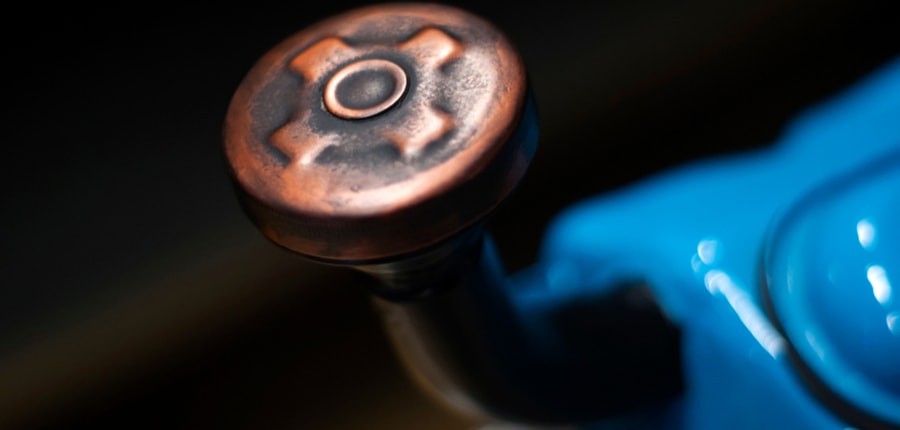The fuel filler neck is a pretty simple component. The visible part is the inlet for the fuel nozzle where you fill the gas tank.
After that, there’s a pipe extension that goes down to a rubber hose which, in turn, goes to the fuel tank. There’s also a second smaller pipe that catches the overflow, which is also connected to the fuel tank.
On some filler neck assemblies, there’s an air filter built-in as well, which is a part of the evaporative control system. This allows clean air into the tank to offset fuel as it is used by the engine. Most fuel filler necks also have a ground strap, which prevents static discharges that could ignite the fuel vapor.
Cost of Fuel Filler Neck Replacement
On average it should cost about $200 to replace the fuel filler neck on most vehicles.
Using $100 an hour as labor rate, a few examples of the fuel filler neck replacement cost on some common vehicles are presented below:
For a 2003 Toyota Camry with a 2.4-liter engine, the labor time to replace the fuel filler neck is estimated at 0.7 of an hour. A factory replacement part costs about $220, and a California emissions-certified SKP part costs about $104. The total cost to complete the job would be about $290 using factory parts, and about $174 using aftermarket parts.
For a 2008 Nissan Altima with a 2.5-liter engine, the labor time to replace the fuel filler neck is estimated at 3.7 hours. In this case, it’s necessary to remove the fuel tank to access the connections. A factory part costs about $163, and a Spectra part costs about $67. The total cost for this job would be about $533 using factory parts, and about $437 using aftermarket parts.
For a Subaru Legacy with a 2.5-liter engine, the labor time to replace the fuel filler neck is estimated at 0.7 of an hour. A factory replacement part costs about $125, and an aftermarket part costs about $62. This makes the job about $195 to complete using OE parts, or about $132 using aftermarket parts.
For a 2009 Ford F150 with a 5.4-liter engine, the labor time to replace the fuel filler neck is estimated at 1.3 hours. A factory replacement part costs about $689, and a Spectra part costs about $258. This makes the job about $819 in total cost using OE parts, and about $388 using aftermarket parts.
Fuel Filler Neck Replacement
The main thing that goes wrong with fuel filler necks is rust. They are usually made of galvanized or painted steel. However, their main parts are underneath, where they’re vulnerable to road salt, road spray, condensation, etc. The second thing that goes wrong with filler necks is physical damage, such as being too rough while filling the tank, or perhaps forgetting the nozzle is installed and driving away.
If a fuel filler neck develops corrosion that leads to a leak there, it will cause an evaporative system leak fault. Another sign is the smell of fuel if vapors can escape.
The evaporative control system has to hold the vacuum in the fuel system during the purge cycle when fuel vapors are recycled into the intake. This includes the gas tank, the evap canister, and the fuel fill hoses and fill neck.
Replacement involves unbolting the filler neck from the bodywork, and then undoing the hose attachments and the ground strap. Access is usually pretty tight under the vehicle, but the attachments are mostly pretty simple.

How to Tell if a Fuel Filler Neck Needs to be Replaced
The obvious sign would be if there is the smell of fuel at the filler due to leaks. The system needs to be sealed there, and a pinhole leak or crack can show wetness or seepage.
Most often, that’s not noticeable. The first sign of a problem is more often a code set for an evaporative system leak.
In that case, one part that’s hard to rule out and very easy to replace is the gas cap which needs to seal against the top of the filler neck. A leak there will set the leak code, and a $10 fuel cap fixes it sometimes.
If the easy way doesn’t take care of it, then, the usual next step is a smoke test. This pumps a smoky vapor into the gas tank through the filler neck or an evap port and looks for leaks.
There are a lot of places that can leak, but if the leak is at the filler neck, then, the solution is to replace that part. Most often, there is an hour of diagnostic labor involved to figure out where the leak is.
On a newer style filler neck that uses a locking flap seal and no gas cap, sometimes, the spring mechanism that brings the internal port cover back up and holds it sealed can fail. That’s usually fairly obvious. It has to come up solidly and hold its position, and if it doesn’t, the filler neck won’t seal and needs to be replaced.
FAQ
Generally yes, it would set a trouble code to check the evaporative system for leaks.
It depends on how bad it is. A very small leak would only show up as a vacuum leak in the EVAP system, while larger leaks can cause fuel and fuel vapor leaks, which can be dangerous.
Most of the time it takes a little over an hour to replace.

